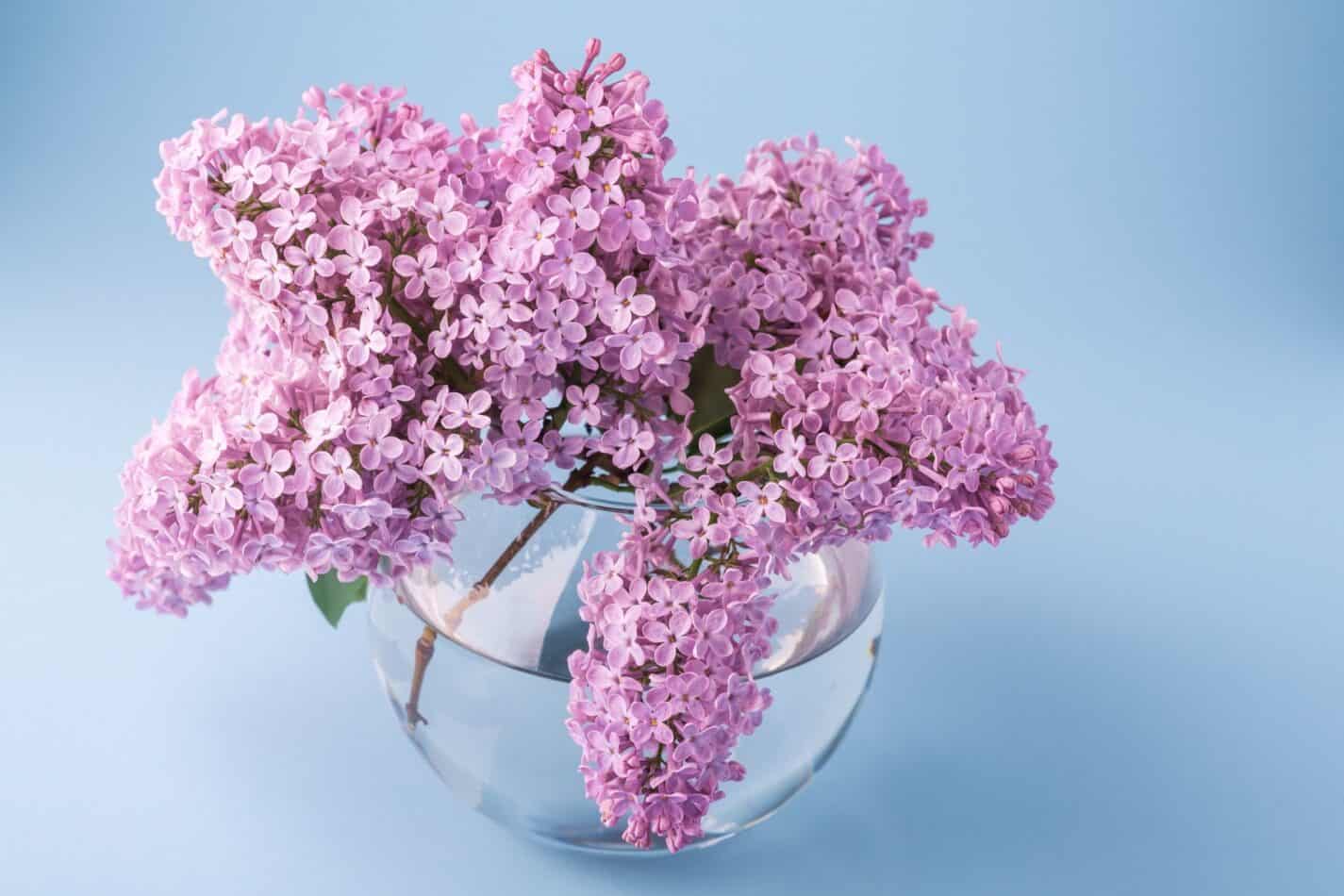False Bucks Beard, also known as Astilbe japonica, is a robust herbaceous perennial flower native to Japan. Recently it has been introduced to the state of New York and has become increasingly popular for its beauty. False Bucks Beard comes with a wide range of cultivars, some of which have won the RHS Award of Garden Merit.
Family
It belongs to the Saxifragaceae family, a family of basal eudicots of the order Saxifragales. The name comes from the Latin word “saxifraga”, meaning “rock-breaker”, referring to the plants’ ability to break down rocks in their native habitats.
Plant type
False Bucks Beard is an herbaceous perennial. This means it grows year after year, with new growth each spring. Perennials typically die back in the fall, allowing for growth the following spring.
Mature Size
False Bucks Beard generally reaches a height and spread of 24-36 inches, or 0.6-0.9 meters.
Sun Exposure
False Bucks Beard requires partial to full shade. Too much sun will scorch the foliage, while too little light will result in plant legginess.
Soil Type
Well-drained, humus-rich soil is best. Plants prefer soil with a pH between 6.5 and 7.5.
Soil pH
False Bucks Beard prefers a pH between 6.5 and 7.5.
Bloom Time
The flowers of False Bucks Beard typically begin blooming in mid to late summer, from July to August.
Flower Color
False Bucks Beard typically has white, pink, rose, or purple flowers.
Hardiness Zones
False Bucks Beard is hardy in USDA Hardiness Zones 4-8.
Native Area
False Bucks Beard is native to Japan but recently introduced to New York.
Meaning and Symbolism
False Bucks Beard holds deep symbolism, particularly related to patience. This symbolism is derived from its genus name, Astilbe, which is derived from the Greek word “a-stil-be”, meaning “without meadows”. This is because of the unique characteristics of these plants— they prefer moist, shaded areas and can be hard to nurture and cultivate in meadow conditions.
History, Mythology and Religious Significance
False Bucks Beard has been venerated by cultures throughout the centuries, with connections to Chinese mythology and the goddess of the Moon, Chang’e. The plant is believed to bring peace, love, and harmony to those who cultivate it. It also has significance in Christianity, as it is believed to have been part of the flowery path of Jesus’ walk
Fact Sheet
| Common Name | False Bucks Beard |
|---|---|
| Scientific Name | Astilbe japonica |
| Family | Saxifragaceae |
| Plant Type | Perennial |
| Mature Size | 18-24 inches tall, 12-18 inches wide |
| Sun Exposure | Partial to full shade |
| Soil Type | Moist, well-drained, fertile soil |
| Soil pH | Slightly acidic to neutral (pH 5.5-7.5) |
| Bloom Time | Late spring to mid-summer |
| Flower Color | Pink, red, or white |
| Hardiness Zones | 4 to 9 |
| Native Area | Asia and North America |
What we love from Amazon this week
Buy these wonderful flowers directly from Amazon:















